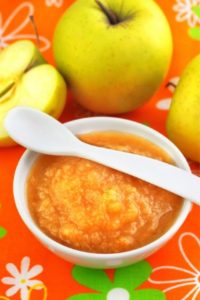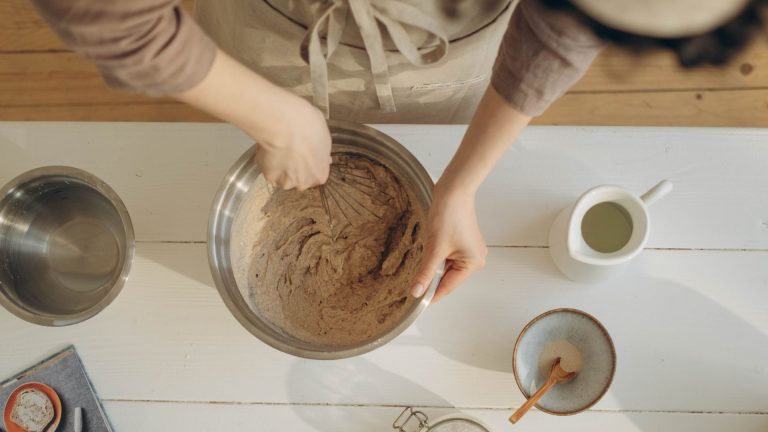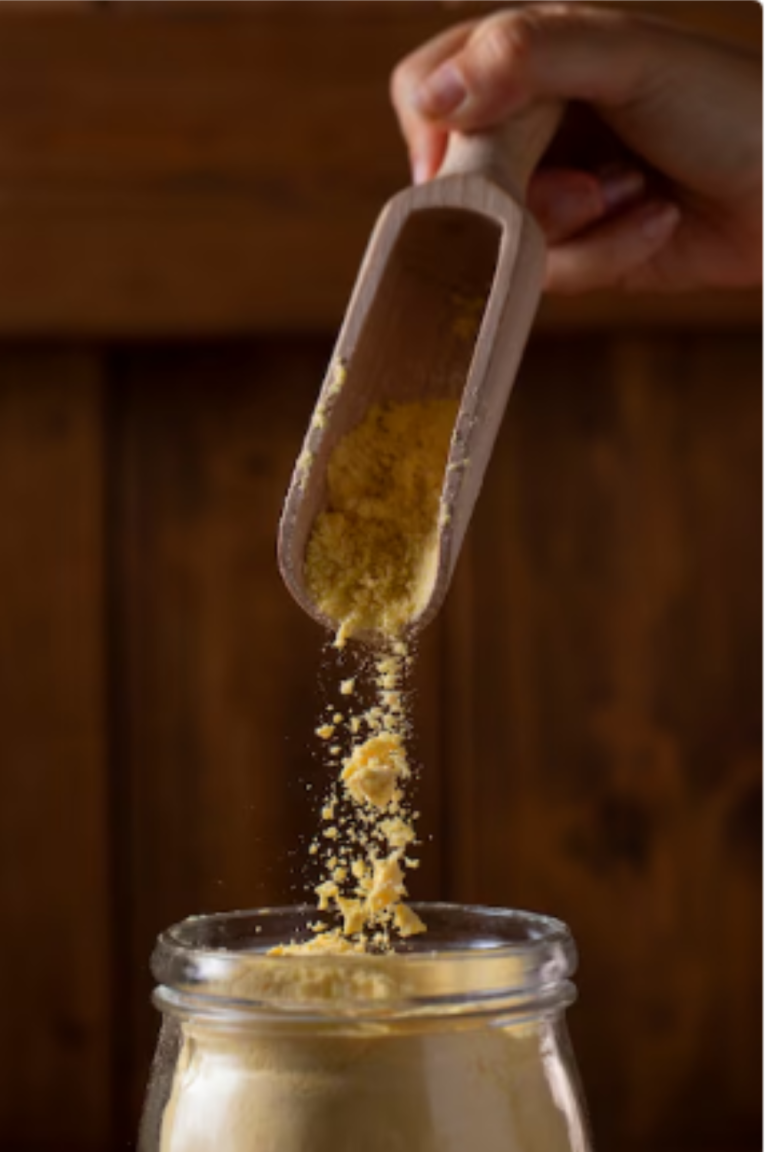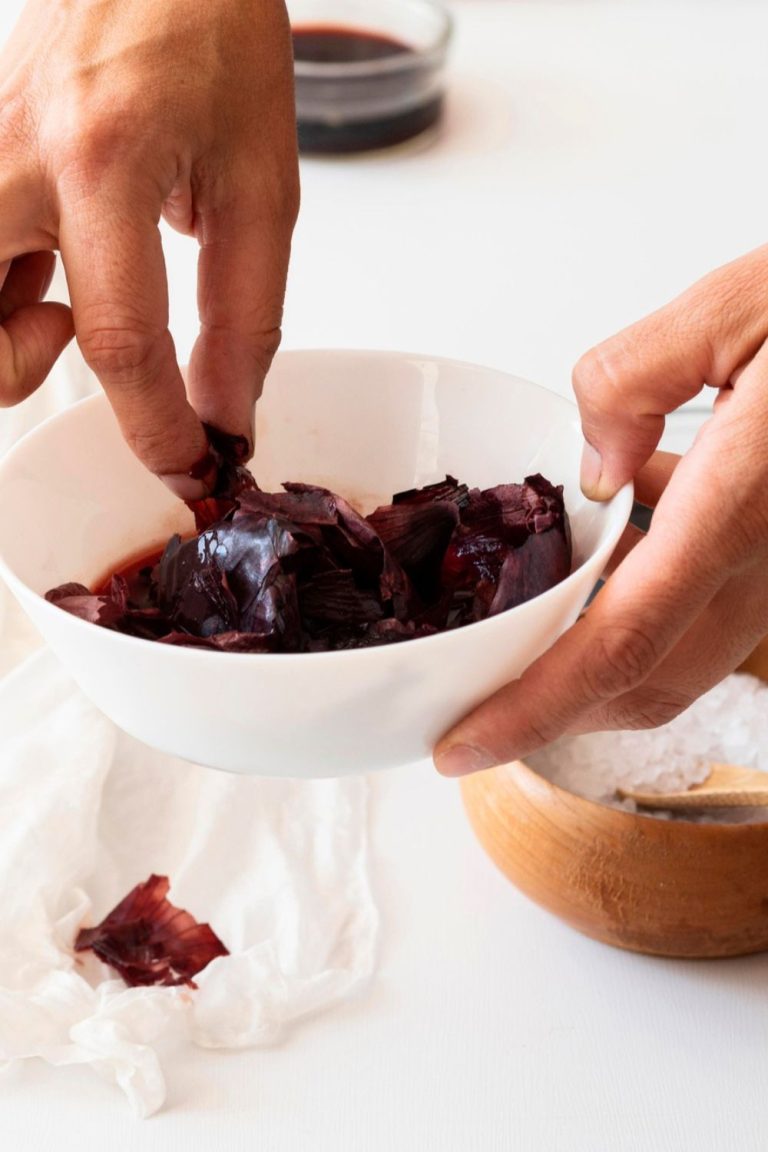ACP: Apple Cider Puree role in cakes explained
Table of Contents
ToggleWhat is Apple Cider Puree?
Apple Cider Puree, often abbreviated as ACP, is a concentrated form of applesauce. It’s made by cooking down fresh apples with apple cider until they break down into a smooth, thick puree. Unlike applesauce, which can vary in texture and sweetness, ACP is typically more intense in flavor due to its reduced moisture content and concentrated apple flavor. Check out the Apple Cider Puree, cake tools, and ingredients that you need here.

its Role in Cakes
When it comes to baking, ACP serves several essential purposes in enhancing the texture, flavor, and moisture of cakes. Here’s how it contributes to making your cakes even more delectable:
Enhancing Moisture
One of the primary benefits of using Apple Cider Puree in cakes is its ability to add moisture without compromising texture. The puree blends seamlessly into the batter, infusing it with a moistness that keeps the cake soft and fresh for longer.
Adding Flavor Depth
ACP brings a rich, apple-forward flavor profile to cakes. Unlike using plain applesauce or apple juice, which can sometimes dilute flavors, ACP intensifies the apple essence. This enhancement is especially noticeable in spice cakes or autumn-themed desserts where a robust apple flavor is desired. Check out the Apple Cider Puree, cake tools, and ingredients that you need here.
Improving Texture
Due to its smooth consistency, Apple Cider Puree helps create a uniform texture in cakes. It prevents dry spots and contributes to a velvety crumb that is both satisfying and visually appealing.
How to Use Apple Cider Puree in Cakes
Incorporating ACP into your cake recipes is straightforward. You can substitute part or all of the liquid (such as milk or water) with equal amounts of ACP. Here’s a quick guide to using it effectively:
Substitution Ratio: Replace liquid ingredients with Apple Cider Puree in a 1:1 ratio. For example, if your recipe calls for 1 cup of milk, you can use 1 cup of ACP instead.
Adjusting Consistency: Since ACP is thicker than most liquids, you may need to slightly adjust the amount of flour or other dry ingredients to maintain the desired batter consistency.
Flavor Pairings: Consider pairing ACP with complementary flavors such as cinnamon, nutmeg, or caramel for a harmonious taste experience.
Apple Cider Puree is not just a substitute but a culinary enhancement that elevates cakes to new levels of flavor and moistness. Whether you’re baking for a special occasion or simply indulging in a sweet treat, incorporating ACP can turn your cake into a memorable delight. Try experimenting with this versatile ingredient and discover the difference it makes in your favorite recipes. Check out the Apple Cider Puree, cake tools, and ingredients that you need here.
Drilling Deeper: Comparing Apple Cider Puree with Other Ingredients
When comparing Apple Cider Puree (ACP) to other common baking ingredients like applesauce and apple juice, several key differences and advantages become apparent:
Flavor Intensity
- Apple Cider Puree (ACP): ACP offers a concentrated apple flavor due to its reduced moisture content and the inclusion of apple cider in its preparation. This makes it ideal for recipes where a bold apple taste is desired, such as apple spice cakes or apple muffins.
- Applesauce: While applesauce also provides moisture and some apple flavor, it tends to be milder and less concentrated compared to ACP. It’s often used to reduce fat content in recipes while still contributing a subtle apple essence.
- Apple Juice: Apple juice adds liquid without the thickness or flavor concentration found in ACP or applesauce. It primarily contributes sweetness and moisture but does not impart a strong apple flavor unless reduced significantly. Check out the Apple Cider Puree, cake tools, and ingredients that you need here.
Moisture Retention
- ACP: Known for its ability to retain moisture, ACP keeps cakes moist and tender even after baking. Its thicker consistency ensures a more uniform texture throughout the cake.
- Applesauce: Similar to ACP, applesauce adds moisture to cakes but may not provide the same level of richness or texture enhancement due to its lighter consistency.
- Apple Juice: While apple juice adds moisture during baking, it evaporates more readily than ACP or applesauce, potentially resulting in a drier cake if not compensated with other ingredients.
Texture Enhancement
- ACP: The smooth texture of ACP contributes to a velvety crumb in cakes, ensuring a pleasing mouthfeel with every bite. It blends seamlessly into batter, creating a homogeneous mixture that bakes evenly.
- Applesauce: Depending on its texture (chunky or smooth), applesauce can sometimes leave small pieces of apple in the cake, adding a different texture compared to ACP.
- Apple Juice: Due to its liquid form, apple juice does not contribute to texture in the same way as ACP or applesauce. Its effect on texture is primarily through moisture retention.
while applesauce and apple juice have their uses in baking, Apple Cider Puree stands out for its concentrated flavor, superior moisture retention, and texture-enhancing properties. Whether you’re aiming for a robust apple taste or seeking to improve the moistness and texture of your cakes, ACP offers a versatile solution. Experimenting with these ingredients in your baking can help you discover unique flavors and textures that elevate your homemade treats to new heights. Check out the Apple Cider Puree, cake tools, and ingredients that you need here.
comparison tabular
Here’s a comparison table outlining the key differences and considerations between Apple Cider Puree (ACP), applesauce, and apple juice when used in baking cakes:
| Aspect | Apple Cider Puree (ACP) | Applesauce | Apple Juice |
|---|---|---|---|
| Flavor Intensity | Concentrated apple flavor, enhanced by cider | Milder apple taste | Sweetness with minimal apple flavor |
| Moisture Retention | High moisture retention, keeps cakes moist | Adds moisture but lighter in texture | Adds moisture, tends to evaporate during baking |
| Texture Enhancement | Smooth, contributes to velvety crumb | May leave small apple pieces, texture varies | Liquid form, does not affect texture significantly |
| Preparation | Cooked down apples and cider | Pureed or mashed apples | Extracted liquid from apples |
| Consistency | Thick and smooth | Can be chunky or smooth | Liquid, no thickness |
| Usage | Intense apple flavor, texture enhancement | Lighter apple flavor, fat reduction | Adds sweetness and moisture |
Key Notes and Considerations:
- Flavor: ACP provides a robust apple taste due to its concentrated nature, making it ideal for desserts where a strong apple flavor is desired. Applesauce offers a milder flavor and can vary in texture, while apple juice primarily adds sweetness with minimal apple flavor.
- Moisture Retention: ACP excels in retaining moisture, ensuring cakes remain moist and fresh. Applesauce also contributes moisture but may not enhance texture as effectively. Apple juice adds moisture but evaporates more readily during baking.
- Texture: The smooth consistency of ACP helps achieve a uniform crumb texture in cakes. Applesauce may introduce small apple pieces depending on its texture, while apple juice primarily affects moisture without altering texture significantly.
- Preparation: ACP is prepared by cooking down apples with cider to create a thick puree, whereas applesauce is typically pureed or mashed apples. Apple juice is extracted liquid from apples.
- Usage: Consider using ACP for recipes where a concentrated apple flavor and enhanced texture are desired. Applesauce is suitable for reducing fat content while adding some apple flavor, and apple juice is best for adding sweetness and liquid without impacting texture.
By understanding these differences, you can choose the best ingredient for achieving your desired flavor profile and texture in baked goods. Check out the Apple Cider Puree, cake tools, and ingredients that you need here.
FAQs on Using Apple Cider Puree in Cakes
What is the difference between applesauce and Apple Cider Puree (ACP) in baking?
- Applesauce is typically pureed or mashed apples, often with varying textures, and it adds moisture with a mild apple flavor. In contrast, ACP is a concentrated form made by cooking down apples with apple cider, offering a more intense apple flavor and superior moisture retention in cakes.
Can I substitute applesauce with ACP in my cake recipe?
- Yes, you can generally substitute applesauce with ACP in a 1:1 ratio. Keep in mind that ACP will intensify the apple flavor and may enhance the texture more than applesauce due to its thicker consistency.
How does ACP affect the texture of cakes?
- ACP contributes to a moist and tender texture in cakes due to its smooth consistency and high moisture content. It helps create a uniform crumb and enhances the overall mouthfeel of the cake.
Can I make my own Apple Cider Puree?
- Yes, you can make ACP at home by cooking fresh apples with apple cider until they break down into a thick puree. This homemade version allows you to control the sweetness and intensity of the apple flavor.
Where can I buy Apple Cider Puree?
- ACP is available in some specialty grocery stores, gourmet food shops, or online retailers that specialize in baking ingredients. Ensure to check for quality and consistency when purchasing. Check out the Apple Cider Puree, cake tools, and ingredients that you need here.
Final Words
Incorporating Apple Cider Puree into your cake recipes can elevate the flavor and texture, offering a delightful twist on traditional baking ingredients. Whether you’re aiming for a rich apple taste or seeking to enhance moisture and texture, ACP provides a versatile solution that can inspire creativity in your baking endeavors. Experiment with different recipes and enjoy the delicious results that ACP brings to your homemade cakes.

Hi!
I’m Mike, the creator of Forum Foodies. In my own personal experience, understanding ingredients is key to great cooking.
Forum Foodies offers guides on various ingredients, from staples to exotic finds. Join our community, share your experiences, and learn from fellow food lovers.
Have questions or suggestions? Email me at info@forumfoodies.com. Let’s embark on this delicious adventure together.
Happy cooking.
Mike/
Related Posts
- APH: Apple Puree role in cakes explained
In this topic, I'm going to talk about the role of apple puree in cakes,…
- AV: Apple Vinegar role in cakes Clarified
In this topic, I'm going to talk about the role of apple vinegar in cakes,…
- CAC: Cherry Apple Crisp role in cakes Clarified
In this topic, I'm going to talk about a delightful dessert ingredient that adds a…
- OJP: Orange Juice Puree role in cakes Clarified
In this topic, I'm going to talk about the role of Orange Juice Puree (OJP)…
- MLP: Melon Lemon Puree role in cakes Clarified
In this topic, I'm going to talk about the MLP - Melon Lemon Puree and…
- HOP: Honey Orange Puree role in cakes Clarified
In this article, I'm going to talk about Honey Orange Puree (HOP) and its significance…
- GHP: Grape Honey Puree role in cakes Explained
In this topic, I'm going to talk about Grape Honey Puree (GHP) and its role…
- BPC: role in cakes Explained
In this topic, I'm going to talk about BPC - Blueberry Puree Cake, drawing from…
- CPJ: Caramelized Pear Juice role in cakes Clarified
In this topic, I'm going to talk about CPJ - Caramelized Pear Juice in my…
- AC: Apple Corer role in cake making Explained
When it comes to baking, having the right tools can make all the difference. In…
- APM: Apple Pie Mix its role in cakes Clarified
In this topic, I'm going to talk about APM - Apple Pie Mix in my…
- EMC: Eggless Milk Cream role in cakes Clarified
If you love baking but want to avoid using eggs, then you're in for a…
- JPC: Apple Pulp role in cake Making Explained
In this topic, I'm going to talk about the role of JPC - Apple Pulp…
- AC: Apple Cutter role in cake making Explained
In this topic, I'm going to talk about the AC - Apple Cutter and its…
- AMF: Apple Maple Flour role in cake Making Clarified
In this topic, I'm going to talk about a fascinating ingredient that has intrigued me…



